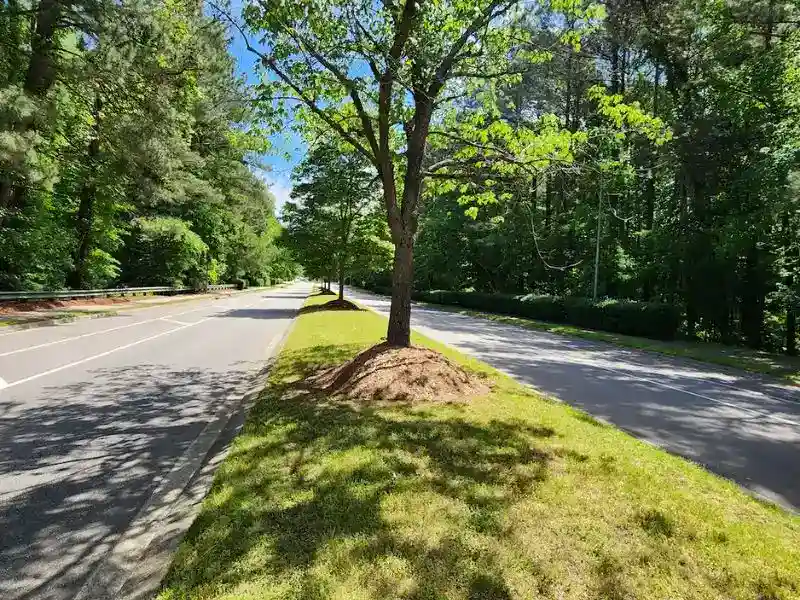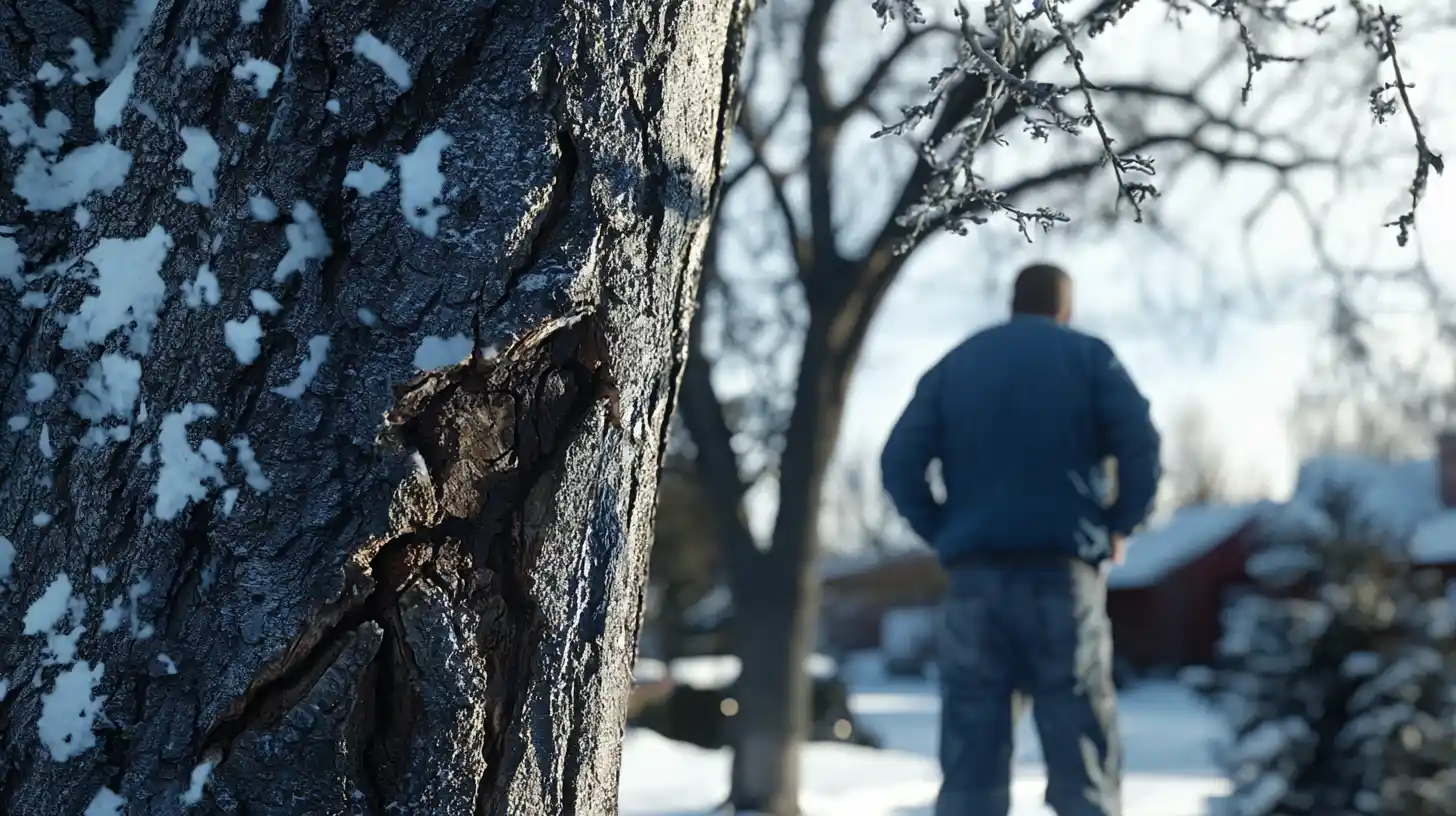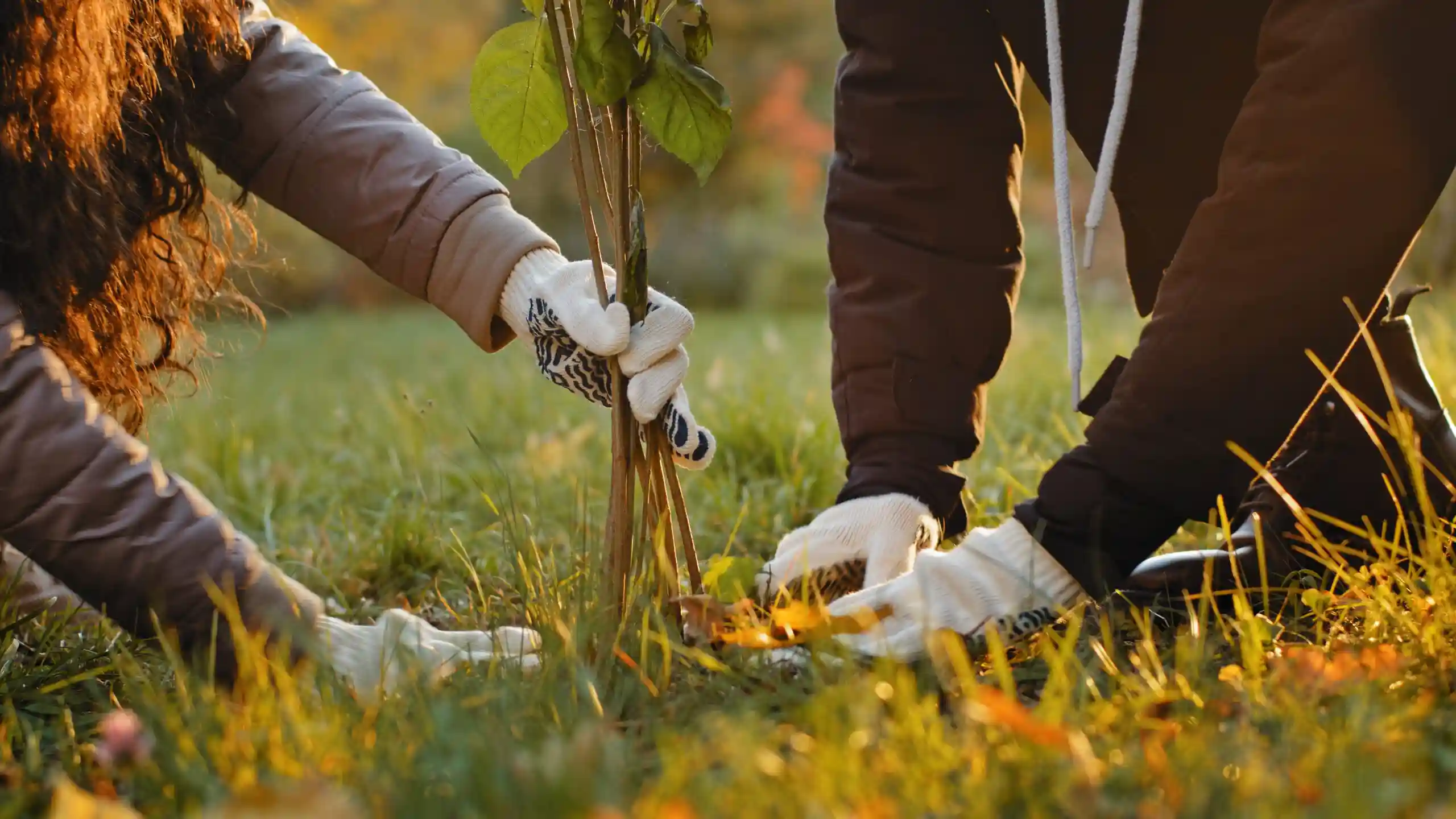When to Remove a Tree
Trees are a beautiful and important part of our environment, but sometimes it is necessary to remove a tree. There are a few reasons why you may need to remove a tree, such as if it is dead, diseased, or damaged; if it is posing a safety hazard; or if it is simply in the wrong place.
When is a tree dead, diseased, or damaged?
A dead tree is one that has no leaves or green growth. A diseased tree is one that is showing signs of illness, such as brown or wilting leaves, bark that is peeling or cracked, or mushrooms growing on the trunk or branches. A damaged tree is one that has been injured by a storm, lightning, or other event.
When is a tree a safety hazard?
A tree is a safety hazard if it is:
- Dead or diseased
- Leaning or has large cracks in the trunk or branches
- Growing near power lines or other structures
- Blocking a driveway or sidewalk
- Overgrown and obscuring visibility
When is a tree in the wrong place?
A tree is in the wrong place if it is:
- Blocking a view
- Damaging property, such as a driveway or sidewalk
- Too close to a house or other structure
- Preventing other plants from growing
.
How to decide whether to remove a tree
If you are considering removing a tree, the first thing you should do is consult with a certified arborist. An arborist can assess the tree’s health and condition, and can help you to decide whether or not it needs to be removed.
If you decide to remove the tree yourself, be sure to follow all safety precautions. Wear protective clothing, such as a hard hat, safety glasses, and gloves. Use sharp tools and make clean cuts. Be careful not to damage any surrounding property or vegetation.
How to remove a tree safely
If you are hiring a professional tree removal company, be sure to get multiple estimates and to choose a company that is licensed and insured.
Here are some tips for removing a tree safely:
- Plan your escape route ahead of time.
- Be aware of the wind direction and speed.
- Cut the tree down in sections, starting with the smallest branches and working your way up.
- Use a chainsaw or other sharp tool to make clean cuts.
- Be careful not to overcut the tree, as this could cause it to fall in an unexpected direction.
- Once the tree has fallen, cut the trunk into smaller pieces for easier removal.



